“We Have Always Been Here”: How DNA and Oral Tradition Aligned to Tell the Picuris Pueblo’s Deep Past
Anthropology.net
MAY 1, 2025
In this landscape stands Picuris Pueblo—a small, sovereign tribal nation whose history has long been narrated in stories passed down through generations. These stories speak of migration, of belonging, of origins tied to Chaco Canyon, one of the great ceremonial and cultural centers of the ancient Puebloan world. It is record.


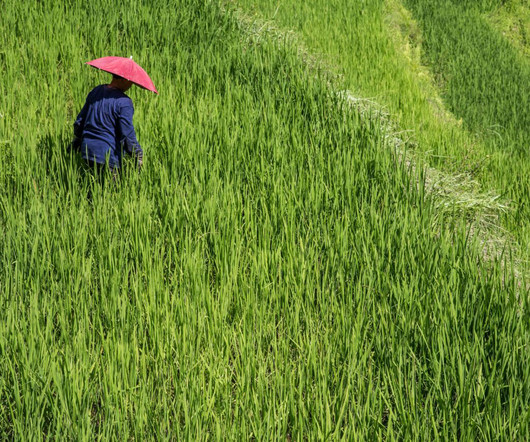

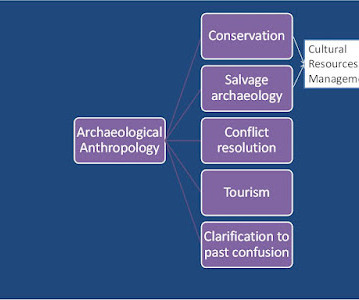


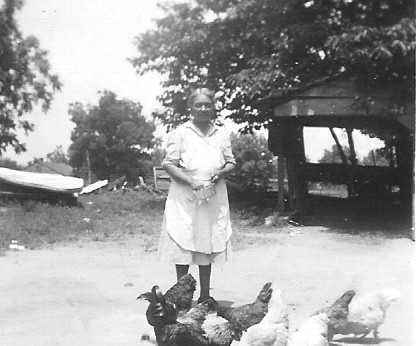
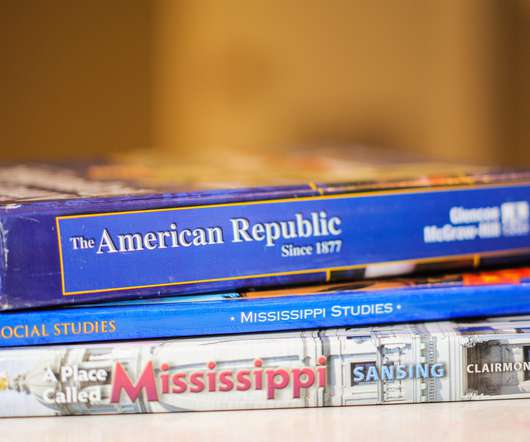

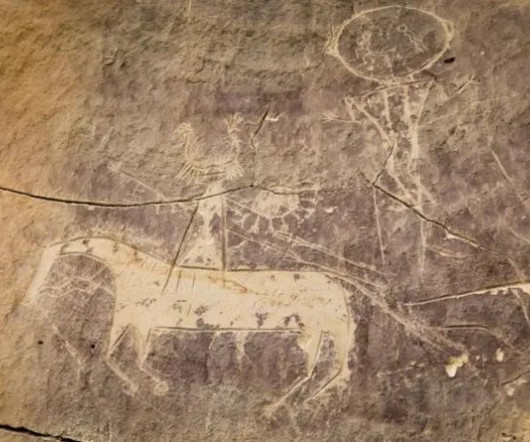










Let's personalize your content